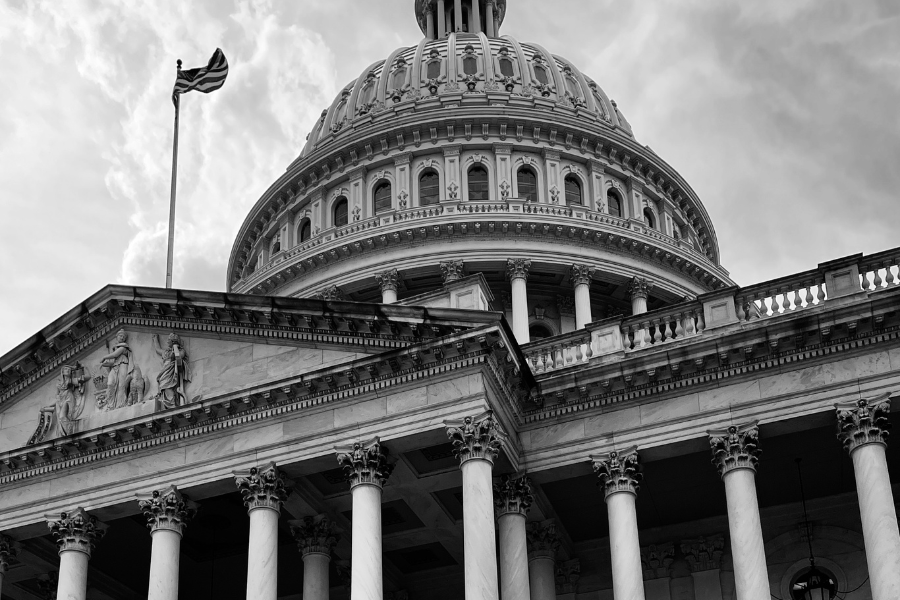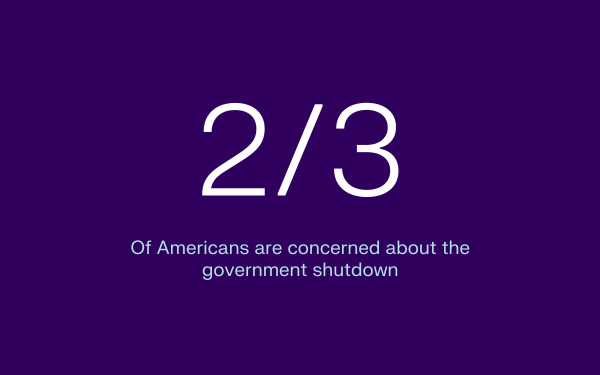The federal government is in its second week of a shutdown as the Senate remains at loggerheads over competing Republican and Democratic proposals to fund the government. While DC had gotten used to shutdown threats and brief funding lapses, this one could last a while. Here’s why:
Party leaders aren’t talking. Democrats are insisting Republicans address expiring Obamacare subsidies and recent Medicaid cuts in exchange for their votes. Republicans say no negotiations will occur until after Democrats vote to reopen the government. Without talks, there isn’t much hope for a resolution.
Both parties are confident they’ll win the messaging war. While recent polling suggests a larger percentage of the public blames President Trump and congressional Republicans, the margin is small (39% v. 30%). And with left-leaning groups cheering Democrats for “fighting back” and President Trump railing against the “Democrat-induced shutdown,” neither side has much incentive to back down.
The House isn’t even bothering to come back to DC. The House recessed September 19 after passing its continuing resolution. Republican Speaker Mike Johnson has chosen to keep the chamber in recess to pressure Senate Democrats to pass the House-approved stopgap funding measure, but so far there aren’t enough Democratic votes to approve it.
Watch the lead up to October 15. Many federal workers will miss their first paychecks this Friday. But the real date to watch is October 15 when active-duty military is next scheduled to be paid. Missing military paychecks could be when the shutdown rubber meets the road.



